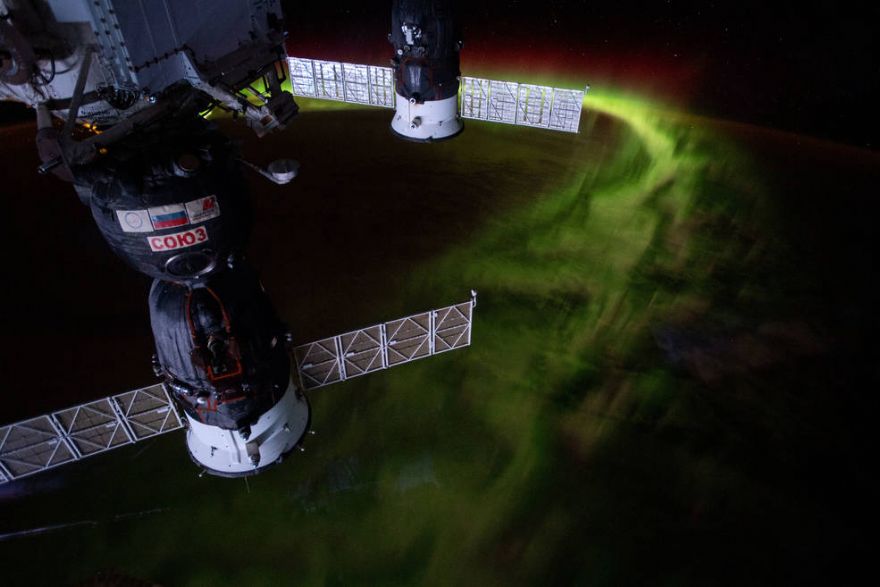 NASA
NASA has approved two heliophysics missions to explore the Sun and the system that drives ‘space weather’ near Earth. Together, NASA’s contribution to the Extreme Ultraviolet High-throughput Spectroscopic Telescope Epsilon Mission (EUVST), and the Electrojet Zeeman Imaging Explorer (EZIE), will help in the ‘understanding of the Sun and Earth as an interconnected system’.
Understanding the physics that drive the solar wind and solar explosions — including solar flares and coronal mass ejections — could one day help scientists predict these events, which can impact human technology and explorers in space.
The
Japan Aerospace Exploration Agency (JAXA) leads the EUVST Epsilon Mission (Solar-C EUVST Mission), along with other international partners. Targeted for launch in 2026, EUVST is a solar telescope that will study how ‘the solar atmosphere releases solar wind and drives eruptions of solar material’.
These phenomena propagate out from the Sun and influence the space radiation environment throughout the solar system.
NASA’s hardware contributions to the mission include an intensified UV detector and support electronics, spectrograph components, a guide telescope, software, and a ‘slit-jaw’ imaging system to provide context for the spectrographic measurement. The budget for NASA contributions to EUVST is $55 million.
EZIE will study electric currents in Earth’s atmosphere linking aurora to the Earth’s magnetosphere — one piece of Earth’s complicated space weather system, which responds to solar activity and other factors.
The Auroral Electrojet (AE) index is a common measure of geomagnetic activity levels, even though the details of the structure of these currents is not understood. EZIE will launch no earlier than June 2024. The total budget for the EZIE mission is $53.3 million.
The EUVST mission addresses the recommendations of a July 2017 final report delivered by the multi-agency Next Generation Solar Physics Mission Science Objectives Team. EUVST will take comprehensive UV spectroscopy measurements of the solar atmosphere at the highest level of detail to date, which will allow scientists to ‘tease out’ how different magnetic and plasma processes drive coronal heating and energy release.
Peg Luce, deputy director of the Heliophysics Division at NASA headquarters in Washington, said: “With these new missions, we are expanding how we study the Sun, space and Earth as an interconnected system.
“EZIE’s use of instrument technology proven on Earth science CubeSat missions is just one example of how science and technology development at NASA go hand in hand across disciplines.”